Ultem®PEI Plastic Machining ULTEM™ PolyEtherImide (PEI) is an amber transparent high-performance polymer which combines high strength and rigidity at elevated temperatures with long term heat resistance. ULTEM™ is available in unfilled and filled grades in sheet, rod, tube, film and injection molded and machined parts For machined parts requiring added strength, engineers turn to Ultem®. This high-performance thermoplastic is considered one of the best for exhibiting excellent strength and stiffness. Ultem® also maintains great dimensional stability at high temperatures (200°C). Engineers turn to this material when they need parts machined for demanding applications in the Aerospace industry for aircraft and spacecraft and in Medical industry applications requiring repeated sterilization cycles. As is the case with many high-performing plastics, understanding the machining characteristics of Ultem® is critical to producing a precision part. Many companies machine Ultem, but it`s critical to work with one that knows how to manage stresses in the material to achieve complex tight tolerance parts. Ultem Pei Cnc Part Feature: High mechanical strength High rigidity Very good dimensional stability Relatively high long term service temperature Flame resistant Good chemical resistance Excellent electrical properties High strength to weight ratio Glass-filled grade available Low thermal conductivity Highest dielectric strength of any thermoplastic Transparent amber High tensile strength Semi transparent Good UV resistance and weatherability Most grades suitable for use with food Can withstand dry heat sterilisation at 180°C, ethylene oxide gas and gamma radiation Ultem Amber Processing Part Typical Components & Applications: Reusable medical devices Electrical/electronic insulators Manifolds Surgical probes Clamps Radomes Thermostat housings Bezels Reflectors Lamp sockets Fuses Gears Bearings Switches Connectors Pei Machining Component Industry Examples: Instrumentation Electrical/Electronics Food technology Aerospace Medical Pharmaceutical Automotive Telecommunications Performance profile of PEI PEI is a high-performance engineering plastics, with excellent physical, chemical and mechanical properties, the following are the main application of PEI materials: 1. Electrical field: PEI materials have good electrical insulation properties and high temperature resistance, so they are commonly used in the manufacture of electrical components, electronic devices, cables and other products. For example, in cell phones, tablet computers and other electronic products, PEI materials are widely used in battery connectors, vibration motors, camera mounts and other components. 2. Medical device field: PEI material has excellent biocompatibility and chemical stability, so it is widely used in the field of medical devices. For example, PEI materials made of artificial joints, vascular stents, dental implants and other products have good biocompatibility and mechanical properties, which can effectively reduce the interaction between the implant and human tissue and loss. 3. Automotive parts field: PEI material has high strength and stiffness, and at the same time has good heat resistance and chemical corrosion resistance, so it is widely used in the field of automotive parts. For example, PEI materials made of brake discs, steering gears, gears and other products can withstand high temperature and high pressure environment to ensure the safety and reliability of the car. 4. Aerospace field: PEI material has high strength and stiffness, and at the same time has good resistance to high temperature and chemical corrosion, so it is widely used in aerospace field. For example, PEI materials made of aircraft engine blades, turbine blades, aviation instruments and other products can maintain stable performance and reliability in extreme environments. In short, PEI material has a wide range of application prospects, its excellent physical, chemical and mechanical properties make it become one of the first choice for many high-performance products! Ultem Pei Cnc Part,Pei Machining Component,Ultem Amber Processing Part,PEI sheet rod,Ultem,ULTEM PolyEtherImide,Ultem PEI fabrication part Hony Engineering Plastics Limited , https://www.honyplastic.com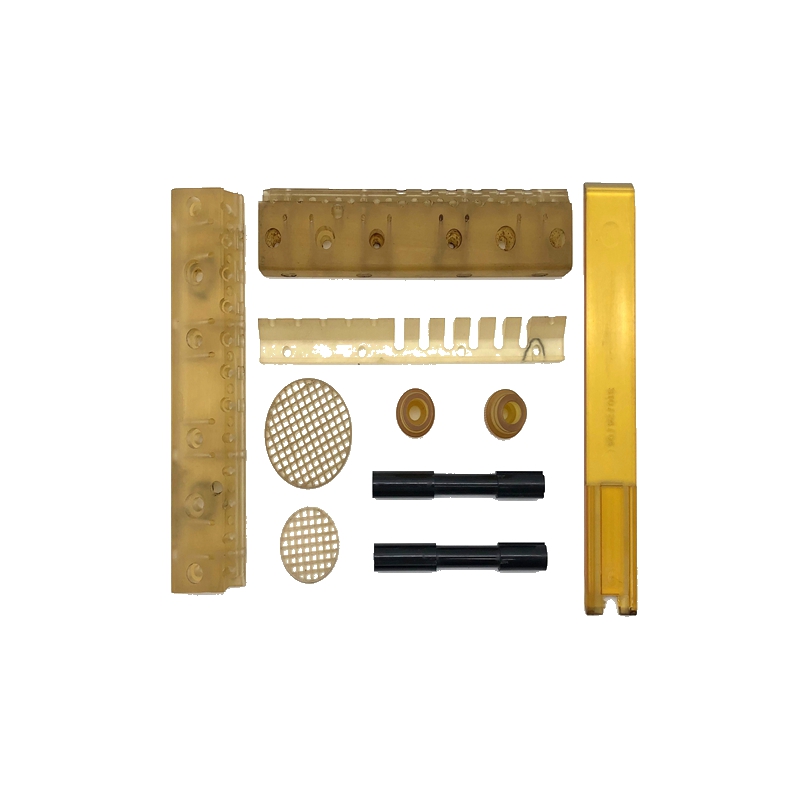
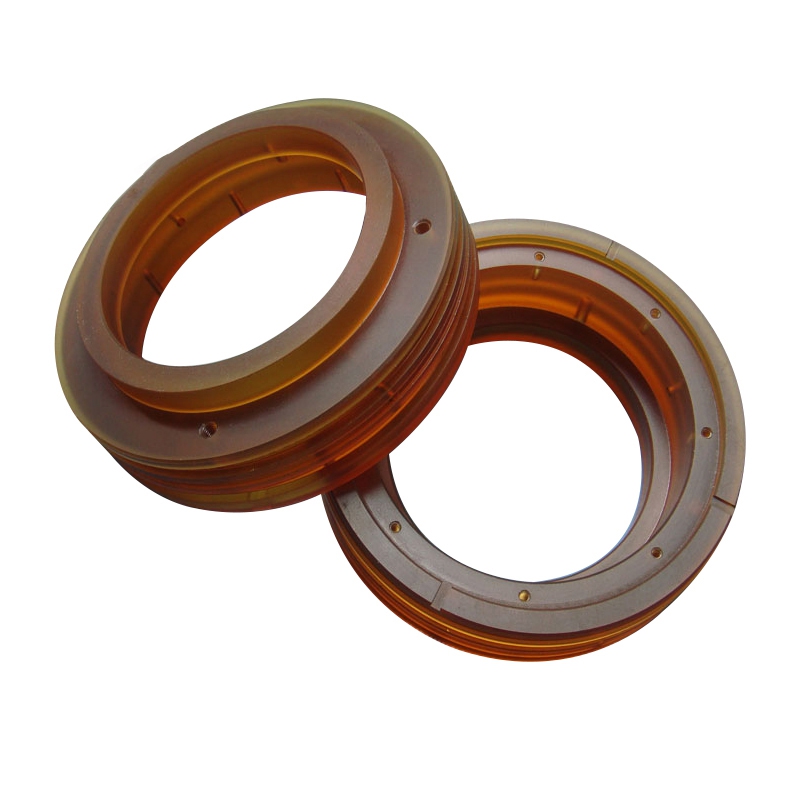

Polyetherimide PEI has outstanding heat resistance (long-term temperature resistance of 180 ℃), showing good toughness and rigidity, with high hardness, very good abrasion resistance, outstanding electrical properties, so that it is extremely suitable for use in electrical and electronic insulation parts (i.e., at high temperatures require high strength and stiffness in a variety of structural components).PEI due to better resistance to hydrolysis, so that it is in the field of medical equipment and Analytical instruments are widely used in the field. It also has excellent mechanical properties, electrical insulation, irradiation resistance, high temperature resistance and abrasion resistance, and can pass through microwaves. At the same time as a non-crystalline material, due to the melting point of ultra-high makes PEI has good thermal insulation, so PEI profiles can be used to do high temperature 300 ℃ heat insulation board.
PEI main characteristics:
(1) PEI is characterized by high strength, high rigidity, ** and dimensional stability at high temperatures.
(2) PEI is an amber-colored transparent solid with inherent flame retardancy and low smoke without any additives, with an oxygen index of 47% and a combustion rating of UL94-V-0.
(3) The density of PEI is 1.28~1.42g/cm3, the glass transition temperature is 215℃, the heat distortion temperature is 198~208℃.
It can be used for a long time at 160~180℃, allowing intermittent higher use temperature of 200℃.
(4) PEI has excellent mechanical strength, electrical insulation properties, radiation resistance, high and low temperature resistance and fatigue resistance and molding processability;
Adding glass fiber, carbon fiber or other fillers can achieve the purpose of enhanced modification.
(5) high temperature resistance (HDT * over 200 ℃, UL continuous application temperature * over 170 ℃)
(6) Excellent flame retardancy (oxygen index greater than 4.7, low smoke and UL94V-0/5V)
(7) No need to add flame retardants
(8) excellent electrical properties (in a wide range of frequencies and temperatures have a stable dielectric constant and dielectric loss and * high dielectric strength)
(9) Excellent resistance to chemicals and radiation.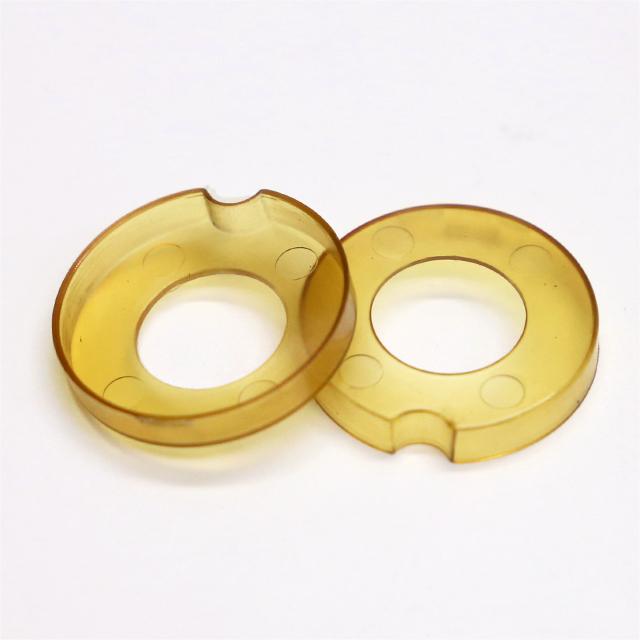
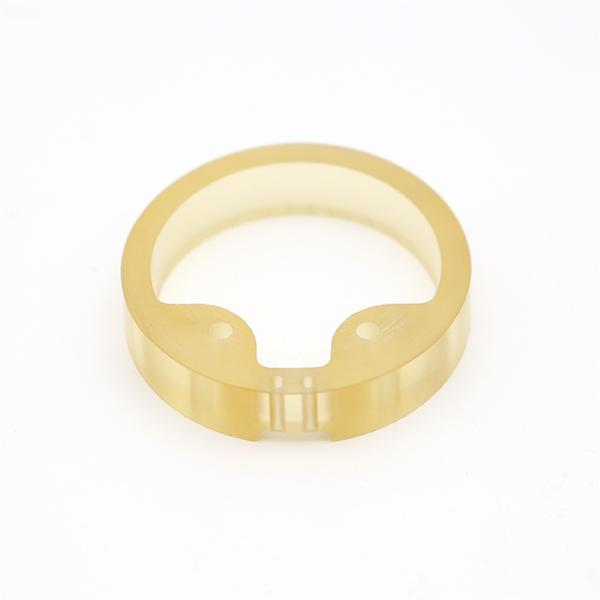
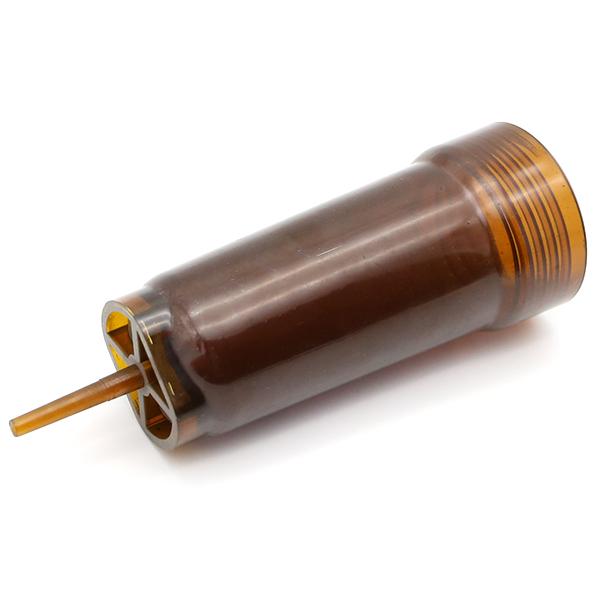
Generator v/s Inverter Back-up: Pros and Cons
When it comes to **inverter vs generator for home** use, many Indian households find themselves confused about which option is best suited for their needs. Although there is a **difference between inverter and generator**, most people don’t fully understand it and often think they are the same. While generators produce electrical power, inverters essentially convert DC current into AC current. Both can be used at home, but deciding **which is better, generator or inverter**, depends on several factors like cost, noise, maintenance, and energy efficiency.
Before we dive into comparing a fuel-based generator with a **battery inverter**, let’s first get a basic understanding of how each works.
### Generator vs Inverter: How They Work
| **Aspect** | **Diesel-Run Generator (DG)** | **Inverter** |
|------------------|-----------------------------------------------------------------------------------------------|------------------------------------------------------------------------------|
| **Storage** | Does not store electricity; it generates power when started. | Stores power in batteries as DC. Converts AC from the grid to DC during charging. |
| **Energy** | Converts diesel into electrical energy using mechanical devices. | Stores and reconverts energy. The output is stable and clean. |
| **Weight** | Can be heavy and bulky, especially for larger models. | Lightweight, but requires connected batteries, which may be bulky. |
| **Maintenance** | Requires regular oil changes, lubricant replacements, and more. | Low maintenance—just check battery water levels and clean terminals. |
Now that you have a clearer picture of how these systems work, let's explore **what’s better, inverter or generator**, based on different criteria.
### Inverter vs Generator: Operation
An **inverter** uses switches and rectifiers to convert DC to AC and vice versa. It charges from the main power supply and automatically kicks in when the electricity cuts off. The output is filtered to provide a smooth, stable current.
A **generator**, on the other hand, converts mechanical energy into electrical energy by burning fuel such as diesel or gasoline. As it runs, it produces alternating current, though the output might fluctuate depending on load.
### Inverter vs Generator: Noise Level
Noise is a key factor when choosing between an **inverter vs generator in India**. Generators are known for being quite loud due to their internal engine operation. They typically run at 3600 RPM, which contributes to high noise levels and makes them unsuitable for quiet environments.
Inverters, however, operate much more quietly thanks to smart microprocessors that regulate power output and reduce internal noise. This makes them ideal for residential settings where noise is a concern.
### Inverter vs Generator: Cost
Generators are generally cheaper to purchase than inverters. Their parts are widely available, making repairs more affordable. However, they come with higher running costs due to fuel consumption and frequent maintenance.
Inverters, while more expensive upfront, offer long-term benefits such as lower running costs, quieter operation, and less maintenance. For those looking for a reliable, low-maintenance solution, inverters are a better investment.
### Diesel-Run Generator Advantages:
1. **Longer runtime**: With a large fuel capacity, generators can run for extended periods without refueling.
2. **High power output**: Ideal for powering heavy-duty appliances and equipment, ranging from 500W to 50,000W.
3. **Suitable for industrial or large-scale use**: Perfect for businesses or homes requiring significant power.
### Diesel-Run Generator Disadvantages:
1. **High maintenance costs** due to moving parts.
2. **Loud operation** and noise pollution.
3. **Environmental impact** from fossil fuel emissions.
4. **Higher running costs** due to fuel price fluctuations.
5. **Inconvenient fuel storage** and handling.
6. **Fire hazards** associated with diesel storage.
7. **Incompatible with solar energy systems**.
### Inverter Advantages:
1. **Safe for sensitive electronics** with pure sine-wave output.
2. **Uninterrupted power supply** with no delay.
3. **Quiet operation** suitable for home use.
4. **Environmentally friendly** with no emissions.
5. **Lower running costs** and greater efficiency.
6. **Solar compatibility** with modern inverter models.
7. **Flexible backup time** based on load.
### Inverter or Generator: Which is Better for Home Use?
The choice between an **inverter and generator** ultimately depends on your specific needs. If you need to power large appliances like refrigerators and air conditioners for long durations, a generator might be the better choice. However, if you're looking for a quiet, efficient, and eco-friendly solution, an inverter is the way to go.
Generators are often placed in separate areas due to their size and noise, while inverters are compact and easy to install indoors. Keep in mind that inverters may not support heavy loads unless you opt for a high-capacity model, which could increase the initial cost.
For more information or assistance in choosing the right system, feel free to contact Genus, a trusted name in power backup solutions. Reach us at +91 – 9667123456, and our experts will help you make the best decision for your home.